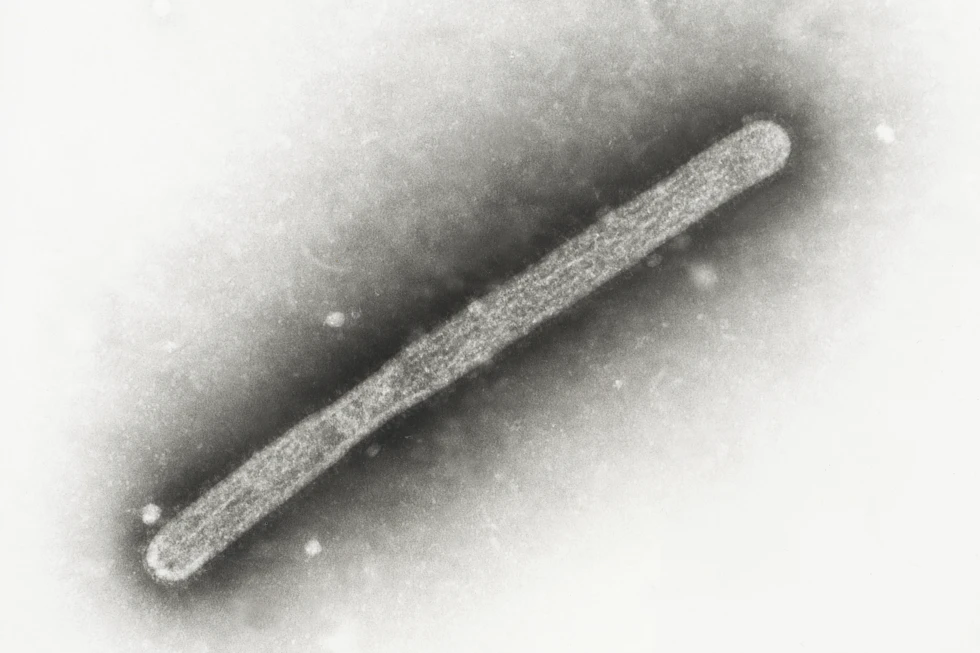
A Michigan dairy worker has been diagnosed with bird flu — the second human case associated with an outbreak in U.S. dairy cows.
The male worker had been in contact with cows at a farm with infected animals. He experienced mild eye symptoms and has recovered, U.S. and Michigan health officials said in announcing the case Wednesday.
A nasal swab from the person tested negative for the virus, but an eye swab tested Tuesday was positive for bird flu, “indicating an eye infection,” U.S. Centers for Disease Control and Prevention officials said.
The worker developed a “gritty feeling” in his eye earlier this month but it was a “very mild case,” said Dr. Natasha Bagdasarian, Michigan’s chief medical executive. He was not treated with oseltamivir, a medication advised for treating bird flu, she said.
The risk to the public remains low, but farmworkers exposed to infected animals are at higher risk, health officials said. They said those workers should be offered protective equipment, especially for their eyes.
Health officials say they do not know if the Michigan farmworker was wearing protective eyewear, but an investigation is continuing.
In late March, a farmworker in Texas was diagnosed in what officials called the first known instance globally of a person catching this version of bird flu from a mammal. That patient reported only eye inflammation and recovered.
Since 2020, a bird flu virus has been spreading among more animal species — including dogs, cats, skunks, bears and even seals and porpoises — in scores of countries.
The detection in U.S. livestock earlier this year was an unexpected twist that sparked questions about food safety and whether it would start spreading among humans.
That hasn’t happened, although there’s been a steady increase of reported infections in cows. As of Wednesday, the virus had been confirmed in 51 dairy herds in nine states, according to the U.S. Agriculture Department. Fifteen of the herds were in Michigan
The CDC’s Dr. Nirav Shah said the case was “not unexpected” and it’s possible more infections could be diagnosed in people who work around infected cows.
U.S. officials said they had tested 40 people since the first cow cases were discovered in late March. Michigan has tested 35 of them, Bagdasarian told The Associated Press in an interview.
Shah praised Michigan officials for actively monitoring farmworkers. He said health officials there have been sending daily text messages to workers exposed to infected cows asking about possible symptoms, and that the effort helped officials catch this infection. He said no other workers had reported symptoms.
That’s encouraging news, said Michael Osterholm, a University of Minnesota epidemiologist who has studied bird flu for decades. There’s no sign to date that the virus is causing flu-like illness or that it is spreading among people.
“If we had four or five people seriously ill with respiratory illness, we would be picking that up,” he said.
The virus has been found in high levels in the raw milk of infected cows, but government officials say pasteurized products sold in grocery stores are safe because heat treatment has been confirmed to kill the virus.
The new case marks the third time a person in the United States has been diagnosed with what’s known as Type A H5N1 virus. In 2022, a prison inmate in a work program picked it up while killing infected birds at a poultry farm in Montrose County, Colorado. His only symptom was fatigue, and he recovered. That predated the virus’s appearance in cows.






